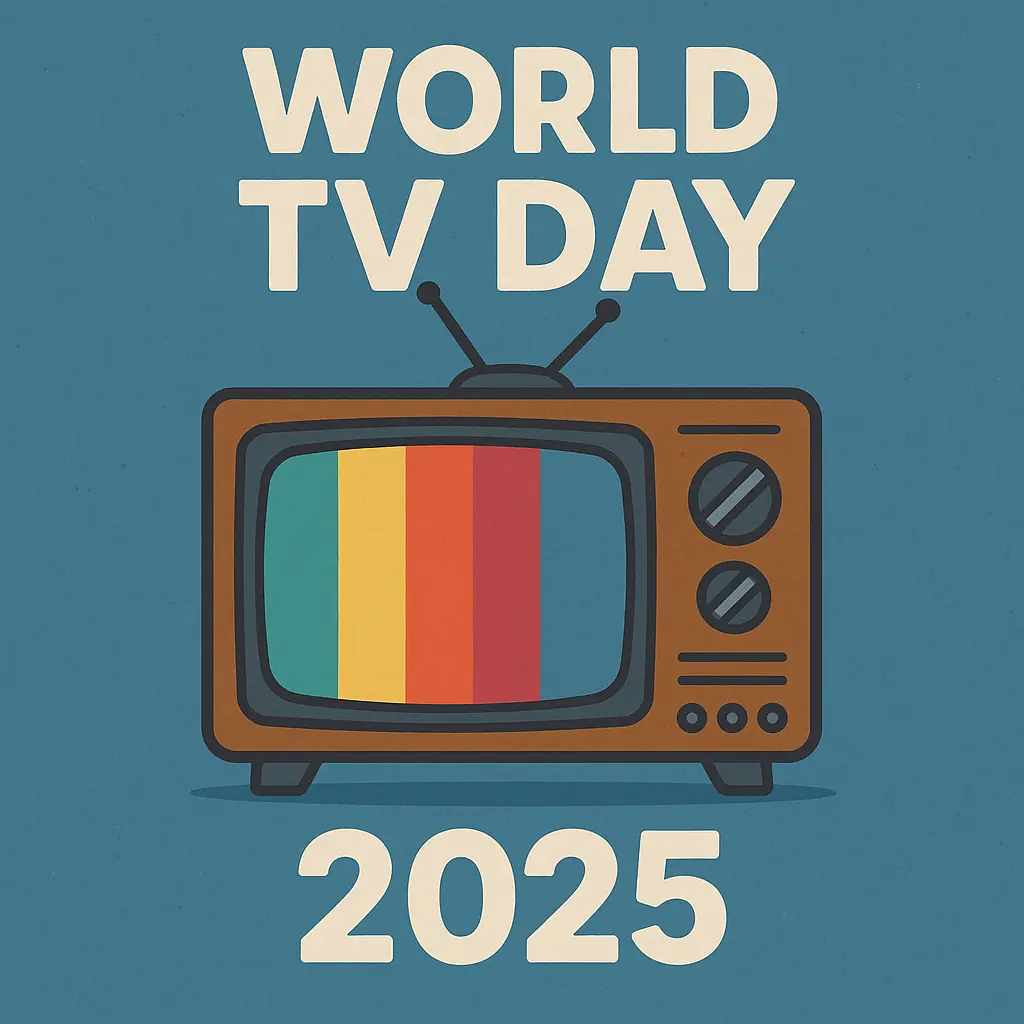India observed World Television Day 2025 on November 21, celebrating the medium’s profound role as one of the country’s most powerful tools for public communication and national integration. The United Nations-mandated day highlights television’s continuing impact in informing, educating, and shaping public opinion.
In India, the television network connects nearly 900 million viewers across 230 million households nationwide. The observance, held under the Ministry of Information and Broadcasting (MIB) and Prasar Bharati, underscored TV’s vital function in public service messaging, development communication, and inclusive access across diverse linguistic and regional audiences.
Economic Impact and Digital Growth
Television remains a major component of the country’s burgeoning Media & Entertainment (M&E) sector:
- M&E Sector Contribution: The sector contributed ₹2.5 trillion to the Indian economy in 2024 and is projected to exceed ₹3 trillion by 2027.
- TV Segment Value: The television and broadcasting segment alone accounted for nearly ₹680 billion in 2024.
- Channel Strength: As of March 2025, India has 918 permitted private satellite channels, including 333 pay channels, up from 821 channels in 2014, reflecting a vibrant, multilingual cultural platform.
With the growth of Smart TVs, 4K broadcasting, digitisation, and the expansion of 5G and OTT use, television is consistently reinforced as the country’s most accessible and culturally unifying medium.
Key Milestones in Indian Television History
India’s television journey, which began with an experimental service in 1959, is a remarkable saga of technological evolution:
- Humble Beginnings (1959): Television started as an experimental service on September 15, 1959, launched by All India Radio in collaboration with UNESCO, with early broadcasts aimed at education and rural development around Delhi.
- The SITE Experiment (1975–76): A turning point came with the Satellite Instructional Television Experiment (SITE), a joint initiative by ISRO and NASA, which delivered educational content directly to 2,400 villages, laying the groundwork for satellite-based communication.
- The Colour Revolution (1982): The introduction of colour television during the Asian Games in 1982 transformed the viewing experience. By 1990, the transmitter network had expanded to reach 70% of the population.
- DD Free Dish (2004): The launch of DD Direct Plus (now DD Free Dish), India’s only free-to-air DTH platform, was a major digital inclusion milestone. It has since grown from 59 channels in 2014 to 482 channels in 2025, reaching more than 6.5 crore homes.
Role in Education and Digital Transformation
Television has proved instrumental in ensuring equitable learning access:

- COVID-19 Lifeline: During the pandemic, Doordarshan broadcast curriculum-linked lessons, becoming a lifeline for students without internet access.
- PM e-Vidya & SWAYAM Prabha: The PM e-Vidya initiative expanded this effort through 12 dedicated DTH channels for Classes 1 to 12. The SWAYAM Prabha bouquet further strengthens this with 24×7 curriculum-based channels for school, higher education, teacher training, and skill development, with content contributed by top institutions like the IITs and NCERT.
India’s television ecosystem is now progressing with digital terrestrial transmission (DTT) and spectrum optimisation using the DVB-T2 standard, ensuring service continuity while driving digital inclusion, reinforcing its status as one of India’s most trusted and accessible mediums.
Key Highlights:
- Massive Reach: India observed World Television Day 2025, celebrating the medium’s reach to 900 million viewers across 230 million households and its role in national integration.
- Economic Contribution: The Indian M&E sector contributed ₹2.5 trillion in 2024 and is projected to cross ₹3 trillion by 2027, with the television segment alone valued at nearly ₹680 billion.
- Key Milestones & Channels: The journey from the 1959 experimental service to today includes the SITE experiment (1975-76), the 1982 Colour TV launch, and the massive expansion of DD Free Dish, which now reaches over 6.5 crore homes with 482 channels.
- Educational Role: Television played a critical role in education during the pandemic and continues through government initiatives like PM e-Vidya and SWAYAM Prabha, using dedicated DTH channels to provide equitable access to curriculum-linked lessons.

